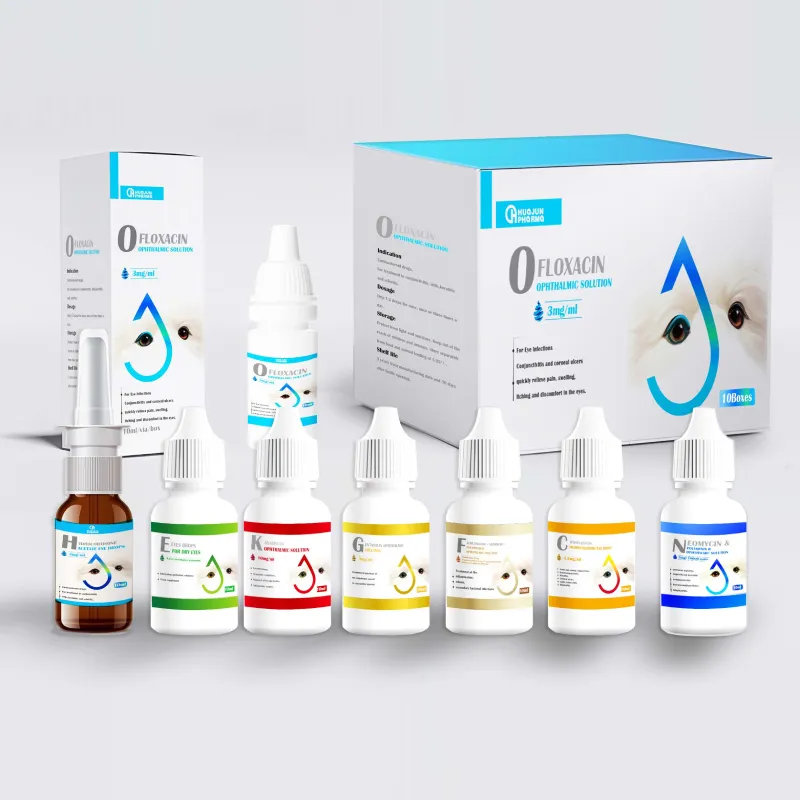
நவ் . 04, 2024 17:43 Back to list
salpingitis in poultry factories
Salpingitis in Poultry Factories Understanding the Ailment and Its Impact
Salpingitis, an inflammation of the oviduct in poultry, is a significant health concern in the poultry industry. It primarily affects hens and can lead to severe reproductive issues, impacting egg production and overall flock health. Understanding the causes, symptoms, and management of salpingitis is essential for poultry farmers looking to maintain healthy birds and optimize production.
Causes and Risk Factors
Salpingitis in poultry can be triggered by various factors, including bacterial infections, environmental stressors, and nutritional deficiencies. Bacteria such as Escherichia coli and Salmonella can invade the oviduct, causing inflammation and infection. Poor biosecurity practices, overcrowding, and inadequate ventilation in poultry factories can increase the risk of salpingitis, as these conditions foster the spread of pathogens. Additionally, nutritional imbalances, particularly those involving vitamins A, E, and essential fatty acids, may predispose hens to reproductive health issues, including salpingitis.
Symptoms and Diagnosis
Poultry affected by salpingitis often exhibit a range of clinical signs. Common symptoms include decreased egg production, the presence of abnormal eggs (such as soft-shelled or shell-less eggs), and changes in fecal consistency. Hens may also show signs of discomfort or pain, such as restlessness, increased vocalization, or reduced feed intake.
salpingitis in poultry factories

Veterinarians or poultry health experts typically diagnose salpingitis through a combination of clinical observation and laboratory tests. The examination of reproductive tissues during necropsy can reveal inflammation, thickening of the oviduct, and the presence of pathogens. Blood tests may also be conducted to identify underlying infections or deficiencies.
Management and Prevention
Effective management of salpingitis in poultry factories requires a multifaceted approach. Good husbandry practices form the foundation of prevention strategies. This includes maintaining biosecurity measures to minimize exposure to pathogens, ensuring proper nutrition, and providing adequate space and ventilation for the birds. Implementing a vaccination program may also help protect flocks from specific pathogens known to cause reproductive disorders.
In cases where salpingitis is diagnosed, treatment typically involves antibiotic therapy to address bacterial infections. In severe cases, supportive care may be necessary to improve the hen's overall health and recovery. For chronic or recurring cases, culling affected birds may be warranted to prevent the spread of the disease through the flock.
Conclusion
Salpingitis presents a considerable challenge within poultry factories, impacting the welfare of hens and the economic viability of poultry operations. By understanding the causes, symptoms, and preventive measures associated with this ailment, poultry farmers can take proactive steps to safeguard their herds. Ultimately, maintaining flock health through proper management practices not only ensures high productivity but also contributes to the sustainability of the poultry industry as a whole. Through ongoing education and vigilance, the threat of salpingitis can be significantly reduced, benefiting both farmers and consumers alike.
-
Premium Young Chicken - Leading Young Chicken Manufacturer & Supplier for Fresh Poultry Needs
NewsJul.08,2025
-
Enterococcus Faecalis Mold Remover – Powerful & Safe Solution from Trusted Manufacturer
NewsJul.08,2025
-
Premium Diarrhea Treatment Solutions Leading Diarrhea Factories & Suppliers
NewsJul.08,2025
-
High-Quality Blisters Manufacturer & Supplier Reliable Blisters Factory
NewsJul.07,2025
-
High-Quality Skeleton Development Services Leading Factory, Manufacturer & Supplier
NewsJul.07,2025
-
High-Quality Cockscomb Turns White Reliable Manufacturer & Supplier Factory
NewsJul.07,2025




